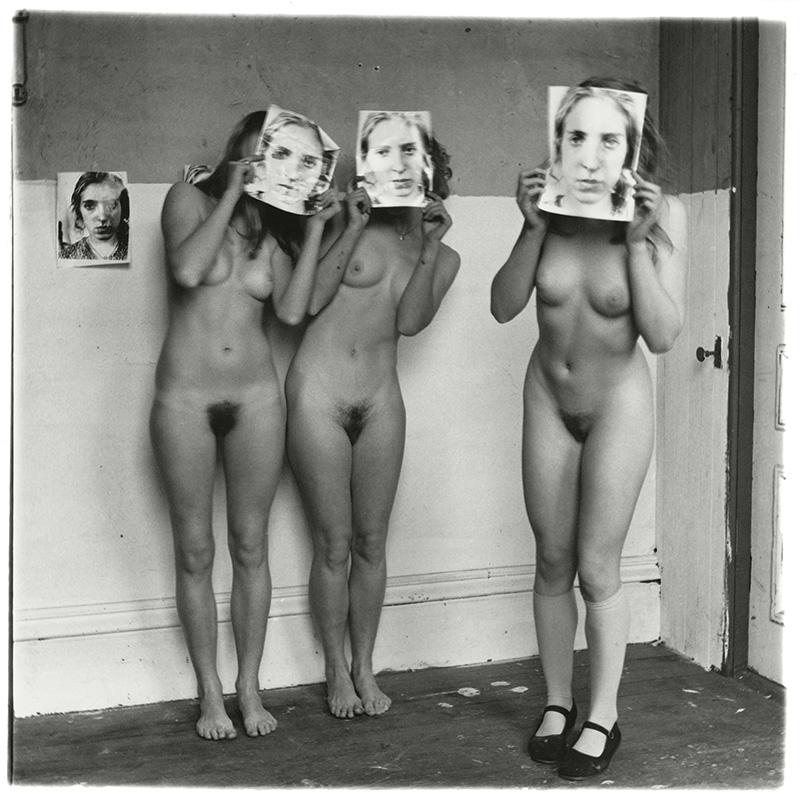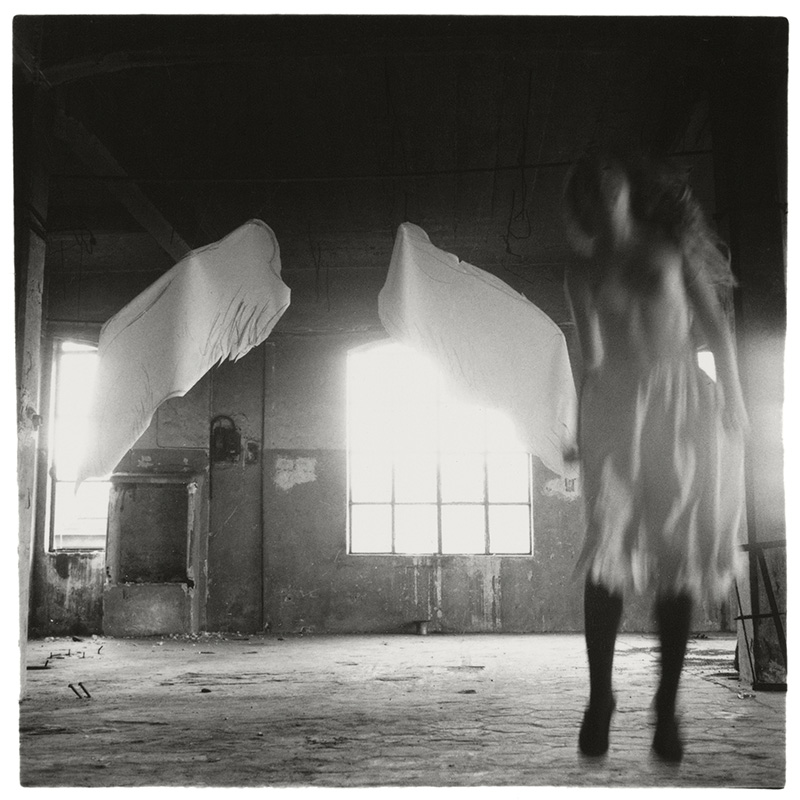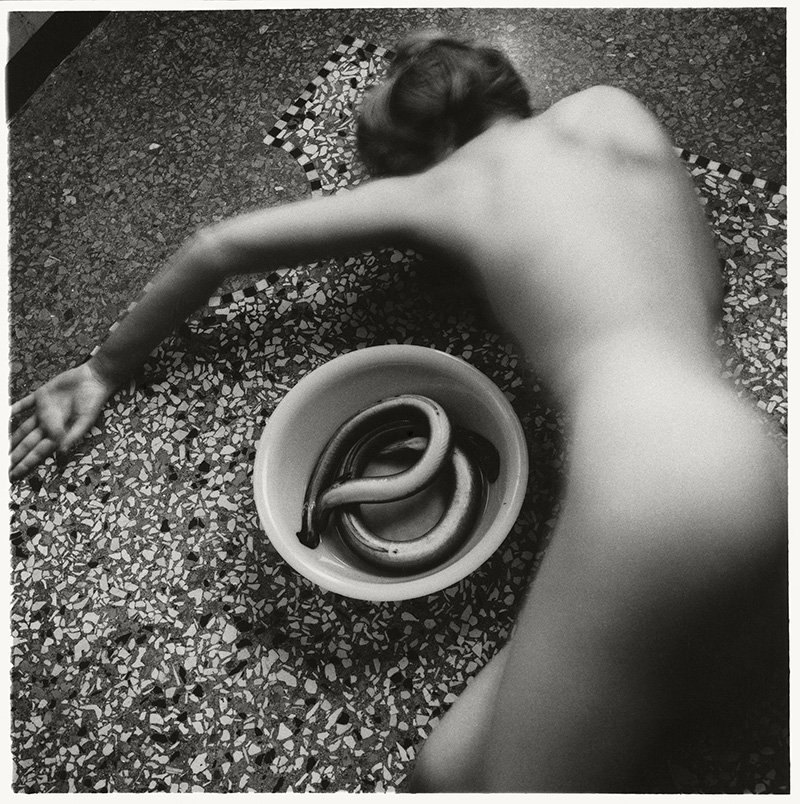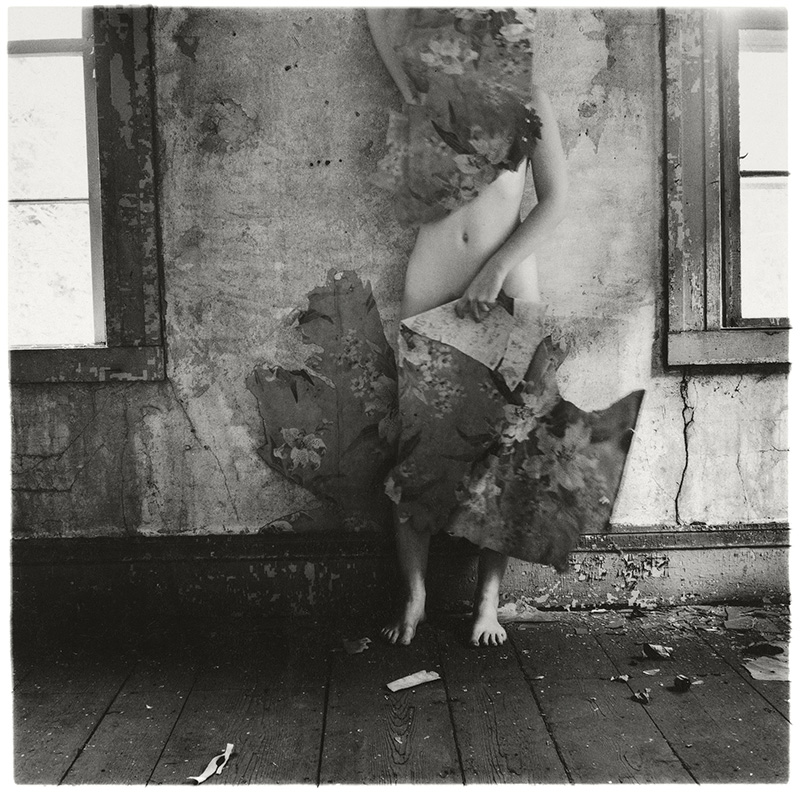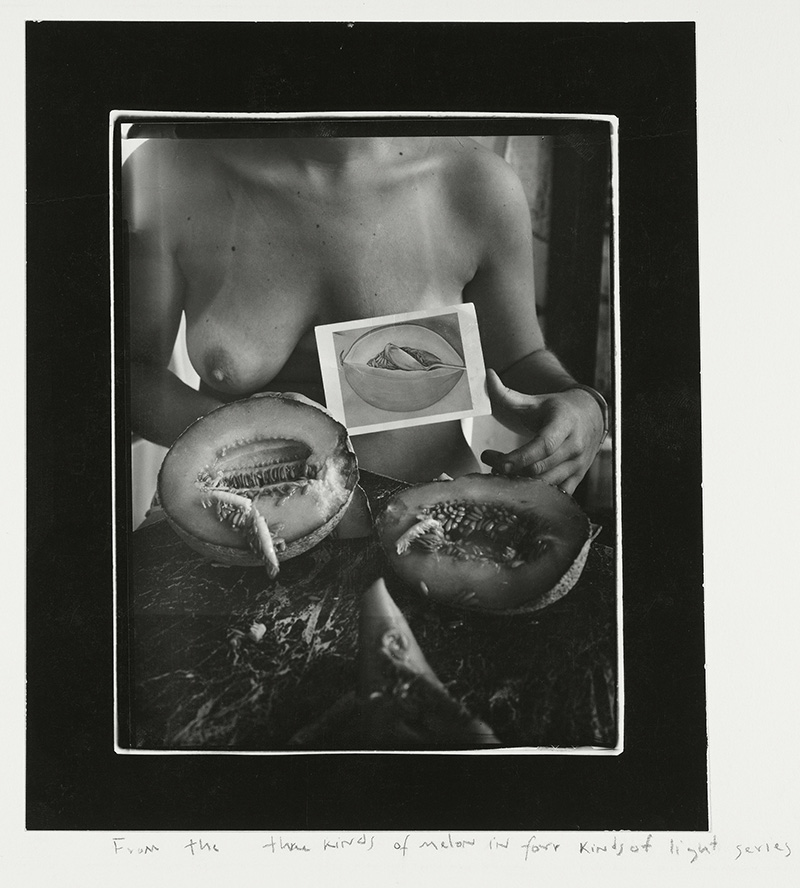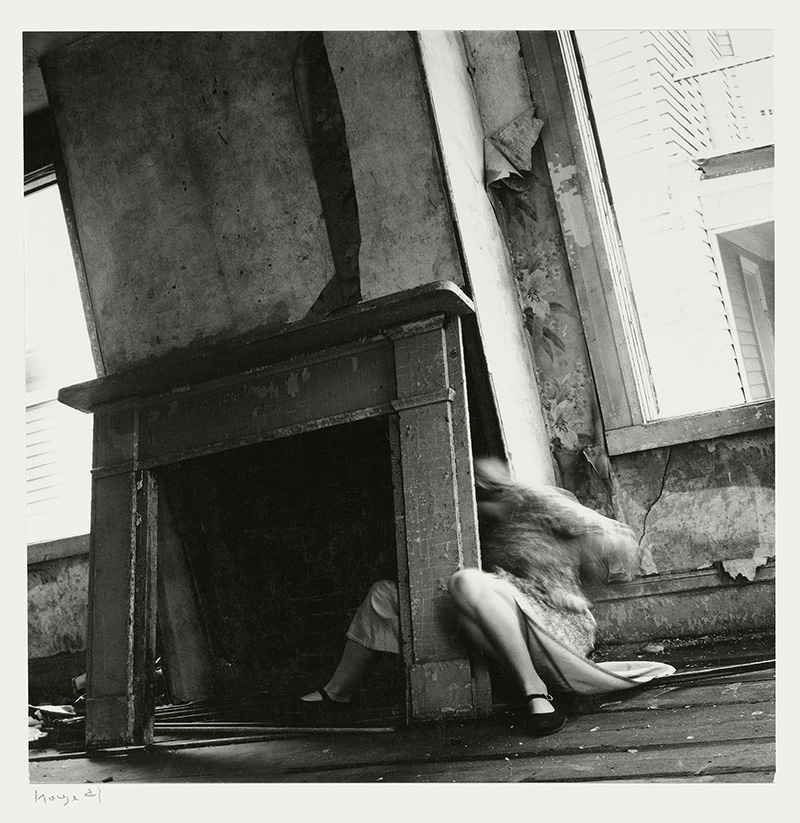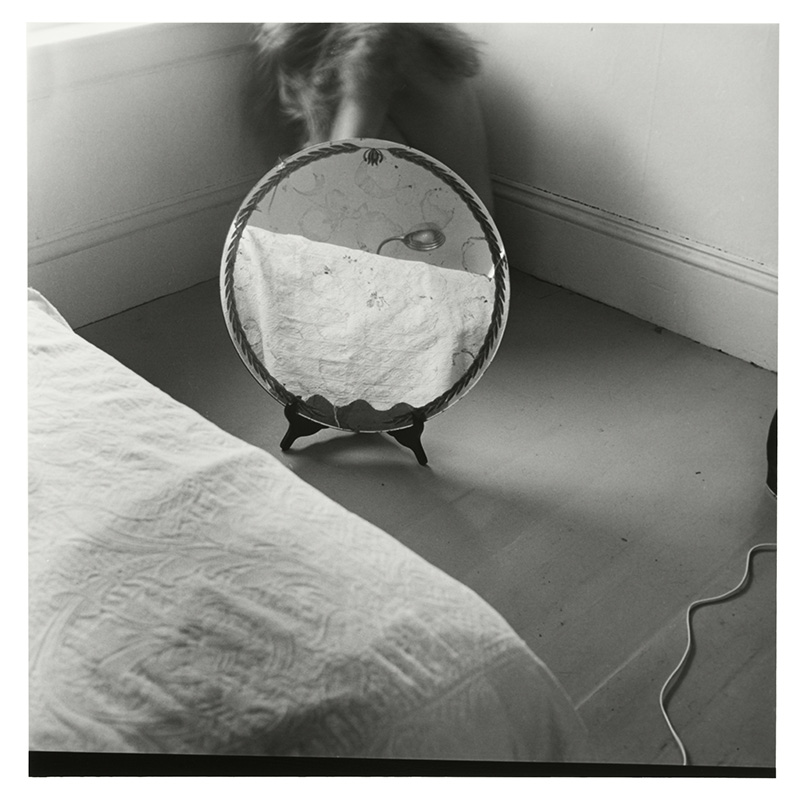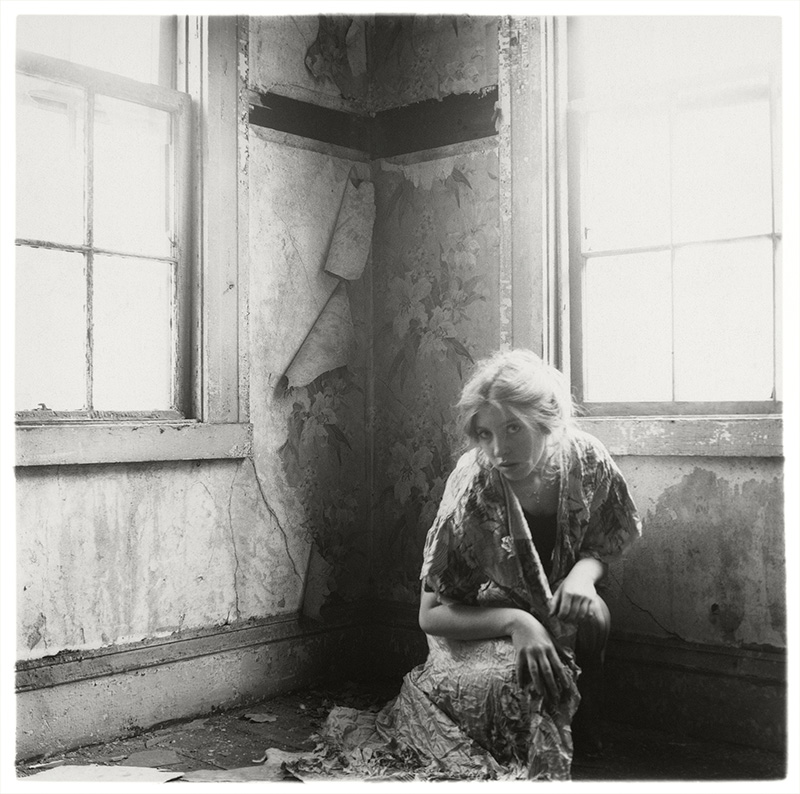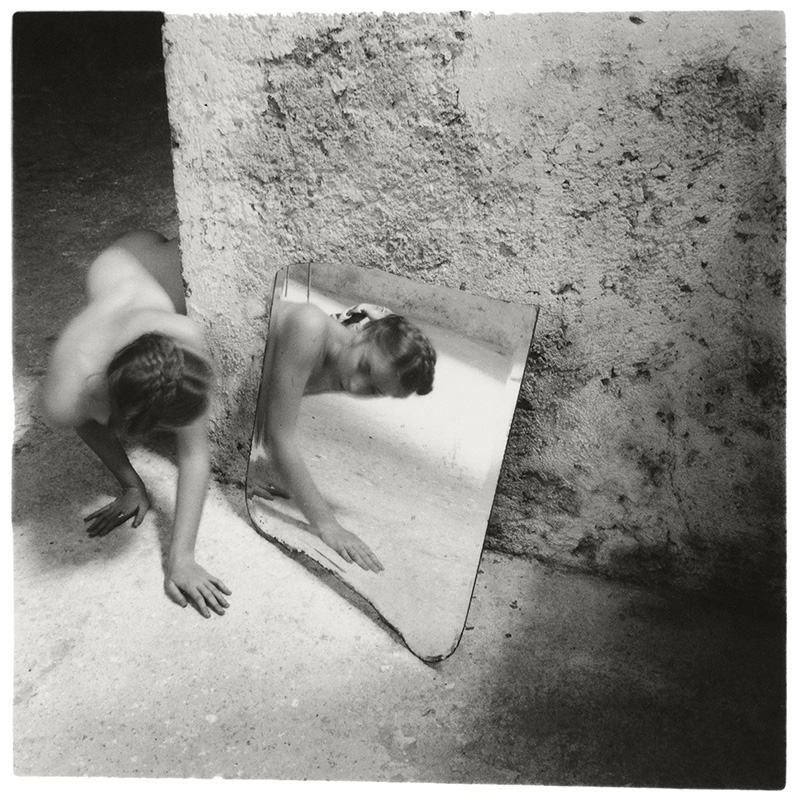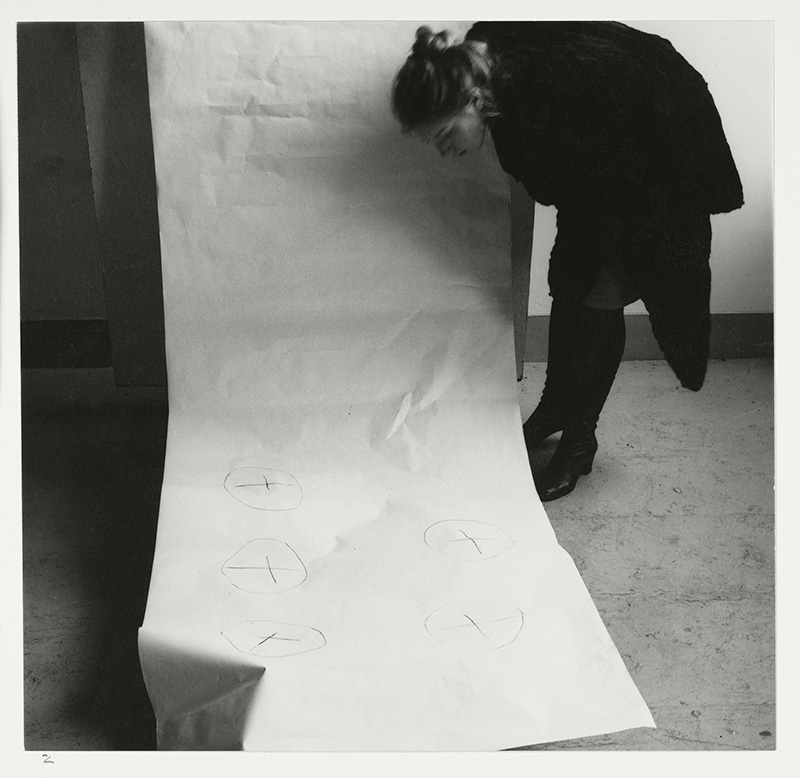PHOTO:Francesca Woodman-On Being an Angel
 On 19/1/1981 Francesca Woodman jumped to her death from the window of a N. York loft. As a photographer, she was prodigious and original. Although she used different cameras and film formats during her career, most of her photographs were taken with medium format cameras she created at least 10,000 negatives, which her parents now keep, and 120 published images comprising one of the most stunning and studied oeuvres in American photography. She was 22 years old when she died.
On 19/1/1981 Francesca Woodman jumped to her death from the window of a N. York loft. As a photographer, she was prodigious and original. Although she used different cameras and film formats during her career, most of her photographs were taken with medium format cameras she created at least 10,000 negatives, which her parents now keep, and 120 published images comprising one of the most stunning and studied oeuvres in American photography. She was 22 years old when she died.
By Dimitris Lempesis
Photo: Moderna Museet Archive
The exhibition “Francesca Woodman: On Being an Angel” presents 102 of the artist’s photographs, from early student work to her later experiments with large-format diazotypes as well as a unique video piece. Woodman’s art is usually divided into five different periods: her early work, her years at the Rhode Island School of Design, in Italy, at MacDowell Colony, and finally in New York. The works included in the exhibition are a representative selection of most of the different series and thematic groups with which she worked, such as “Polka Dots” (1976), “From Angel Series” (1977), “Swan Song” (1978), “Charlie the Model” (1976-77), and her great “Caryatid (Study for a Temple Project)” (1980). Francesca Goodman’s preferred subject was herself from the first time she picked up a camera as a teenager. The fact that her main subject was her own body would logically place her work within the genre of self-portraiture, but she transforms it into a far more complicated and ambiguous undertaking. Not only is she both subject and author in her works, but her photographs explore gender, representation and body. Her aesthetic world reveals surrealist influences, with frequent use of mirrors, doubles, shadows, masks, and sexual symbols, bringing to mind the works of photographers such as Hans Bellmer, and Man Ray. Woodman’s output includes several portraits using herself and her friends as models. The intimate nature of the subject matter is enhanced by the small formats. Her work is usually divided into periods, from her early works, her years as a student in Providence, in Italy, at the MacDowell Colony, and lastly in New York from 1979 until she died. Woodman had only a few exhibitions during her life, some of which, in alternative spaces in New York and Rome. In early 1981, her artist’s book “Some Disordered Interior Geometries” was published, this was one of seven notebooks (including photographs that were glued in) that she worked with from 1976 onwards. Through fragmenting her body by hiding behind furniture, using reflective surfaces such as mirrors to conceal herself, or by simply cropping the image, she dissects the human figure emphasising isolated body parts. In her photographs Woodman reveals the body simultaneously as insistently there, yet somehow absent. This game of presence and absence argues for a kind of work that values disappearance as its very condition.
Curator: Anna Tellgren, Moderna Museet Malmö, Ola Billgrens plats 2-4, Malmö, Duration /11/16-19/3/17, Days & Hours: Tue-Sun 11:00-18:00, www.modernamuseet.se
